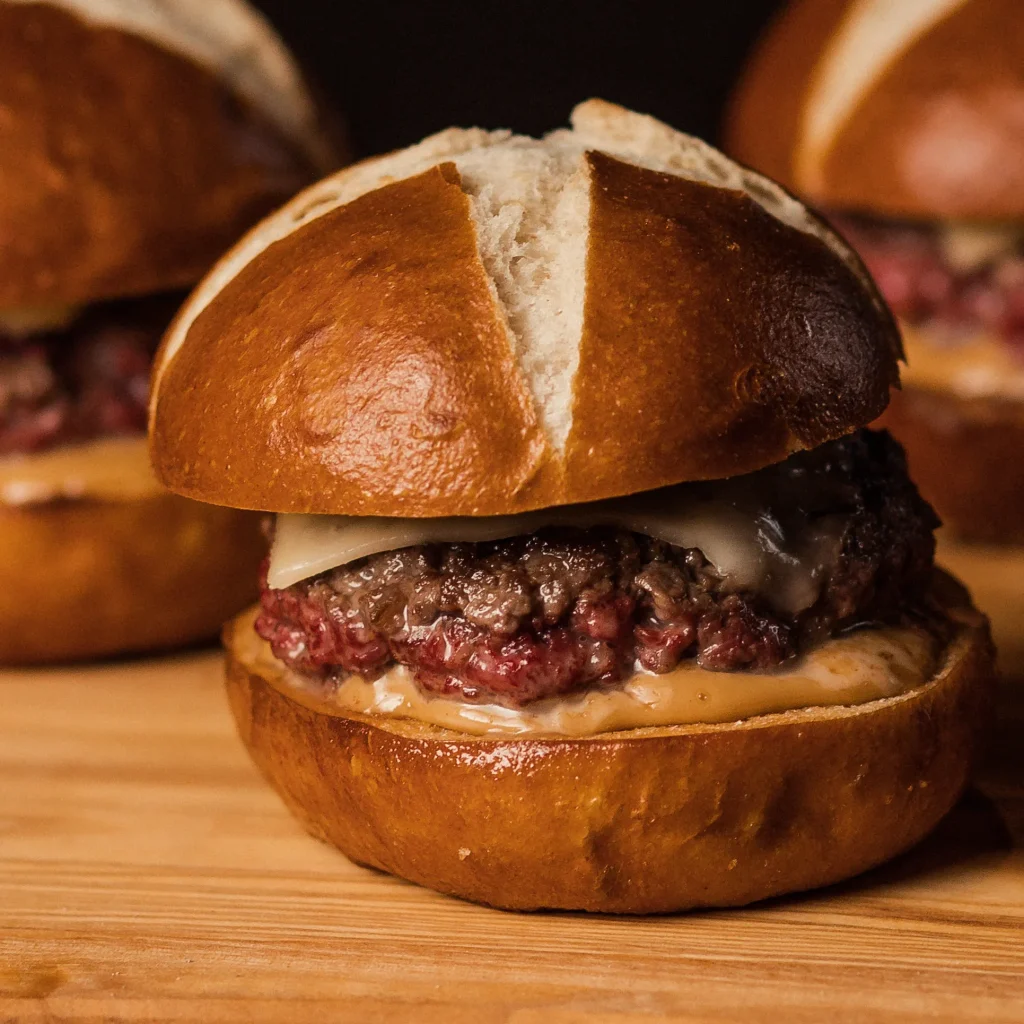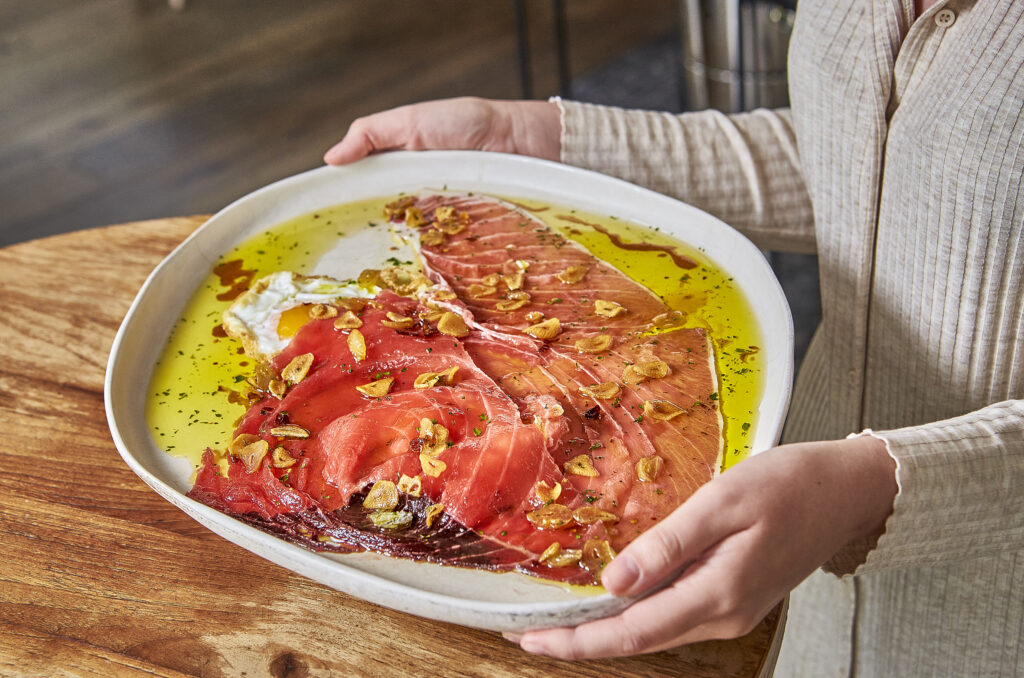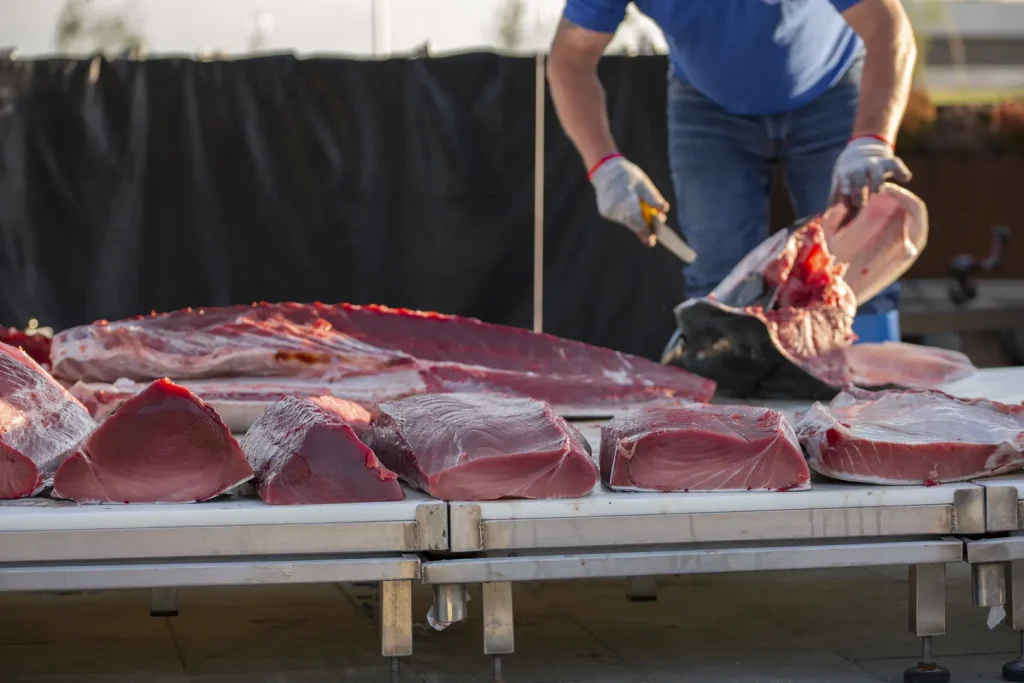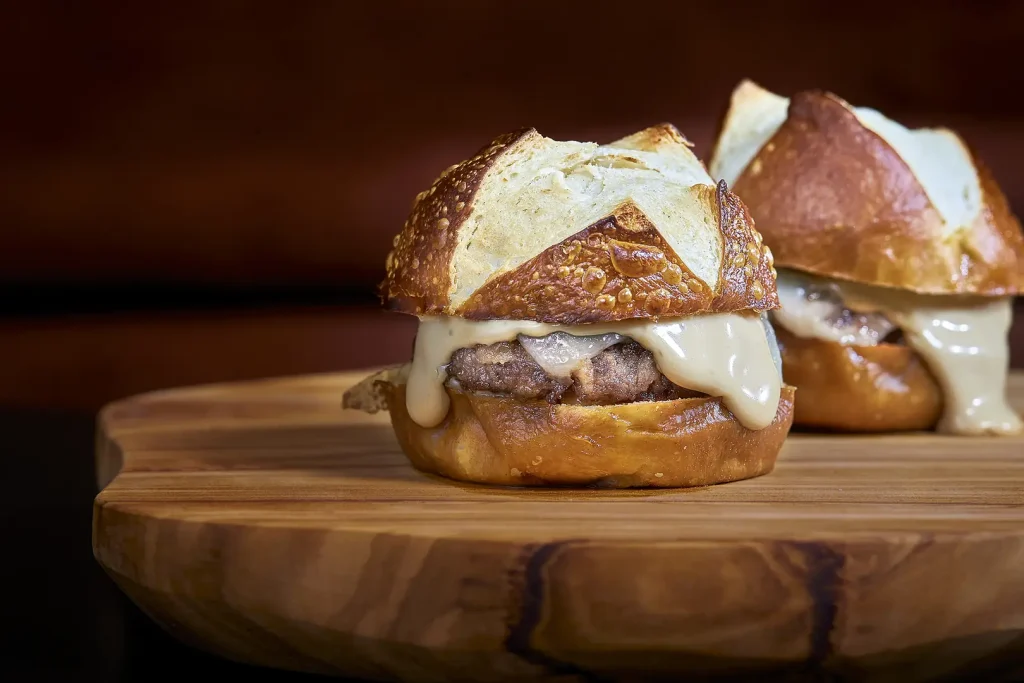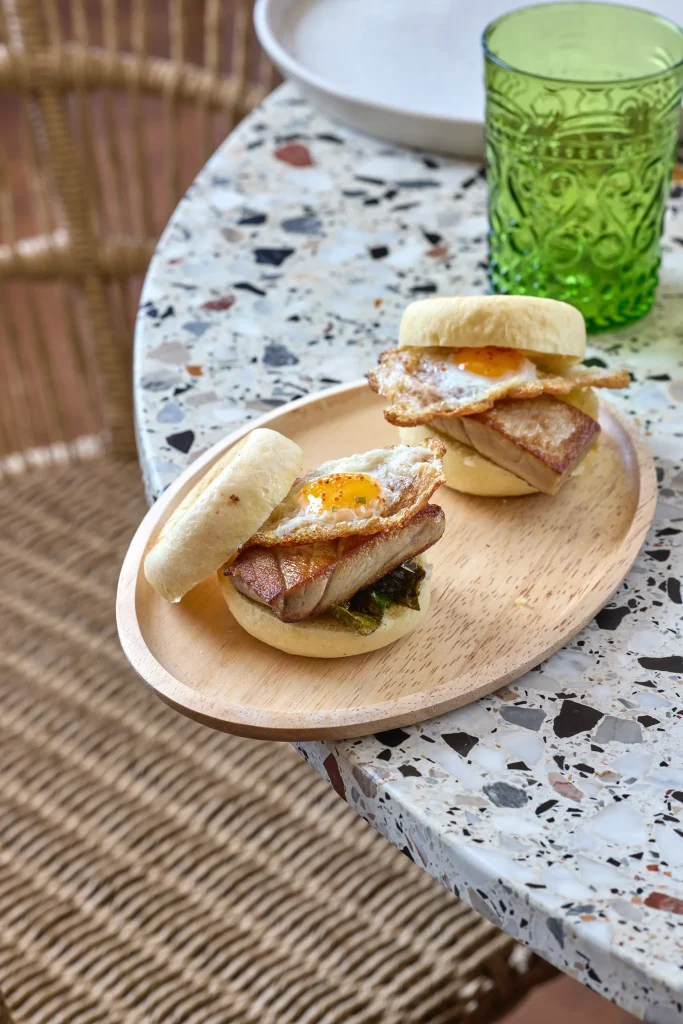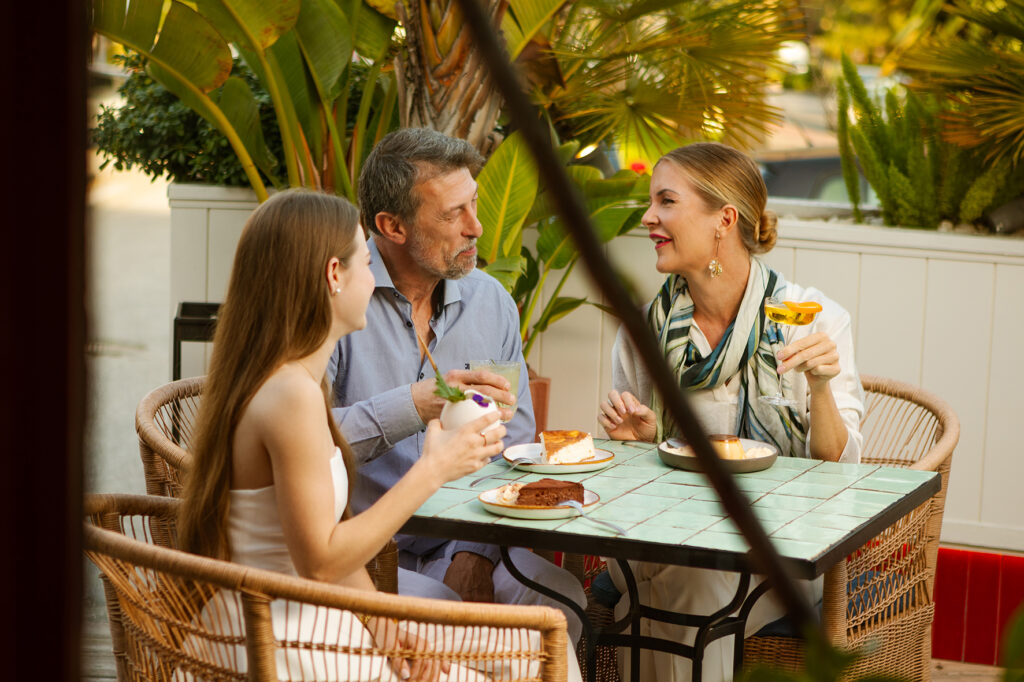En Leña Barcelona, las brasas no son lo único que arde. A partir de las nueve y hasta la una de la madrugada, los viernes se transforman en un ritual incendiario donde el fuego se mezcla con ritmos que queman la pista. Barcelona tiene mil planes, pero solo uno lleva el nombre de Leña y la temperatura exacta para convertir tu viernes en el momento más salvaje del fin de semana. Leña Barcelona presenta su nuevo ciclo: Barcelona by Night. Cada viernes, DJ Akihiller Kiyani enciende la cabina, pero no lo hace solo. Se rodea de fieras. El 23, Alice Deren. El 30, Hermansen. El 6 de junio, Isma. El 13, Dark Feel. El 20, Assil. El 27, Dark Feel de nuevo. Y en julio, el 4 vuelve Hermansen y el 11 aterriza Martista. Si no sabes quiénes son, no importa. Solo ven y quédate a vivirlo.
Una cabina en llamas
El DJ residente es Akihiller Kiyani. No es un nombre. Es una advertencia. Cuando entra en escena, lo hace sin pedir permiso. Su música atraviesa el comedor de Leña Barcelona, trepa por las paredes, y se cuela hasta los huesos. Leña se conviernte un templo donde el humo huele a carne pero también a neón y a fines de semana con resaca de estilo. Los invitados no vienen a cubrir expediente. Alice Deren es potencia fina. Hermansen, un kamikaze de los bajos. Isma, el groove de la vieja escuela bien vestido. Dark Feel pone la oscuridad que algunos necesitan para desinhibirse sin dar explicaciones. Assil viene con ritmos que no entienden de etiquetas. Martista te hace cerrar los ojos y olvidarte del móvil. Y mientras tanto, el DJ residente mantiene todo en su punto de ebullición.
El sonido en Leña Barcelona está diseñado para que no haga falta hablar. La música se siente y las brasas acompañan. Y sí, también hay copas, las que quieras, como quieras. Pero lo importante es el ritmo. No hay carta que valga si no te levantas de la silla. Aquí vienes a cenar, sí, pero luego te conviertes en algo más. Uno de esos cuerpos que no tienen prisa por irse.
Quemar sin pedir perdón
El plan está claro: viernes, 21:00. Empieza el juego. Te sientas, pides tu burger y miras alrededor. El ambiente es brutal. Hay moda, hay actitud. Esto es una pista encubierta en medio de un restaurante de alta tensión. Y eso lo cambia todo. Porque mientras tú decides entre un cóctel o un trago largo, el beat sube sin que te des cuenta. Y cuando lo notas, ya es tarde. Estás dentro. Ya no puedes no moverte.
Aquí se viene a romper la semana. A quemar el cansancio en una sesión donde no hay etiquetas. Solo música, luces bajas, fuego en las brasas y gente que no quiere que le apaguen la noche. Si pensabas que Leña era solo un restaurante de carnes al fuego, ven un viernes. Vas a tener que repensarlo todo. En Barcelona, hay sitios para cenar. Sitios para bailar. Y luego está Leña.
Sigue nuestras redes sociales para enterarte de las novedades de cada semana.
